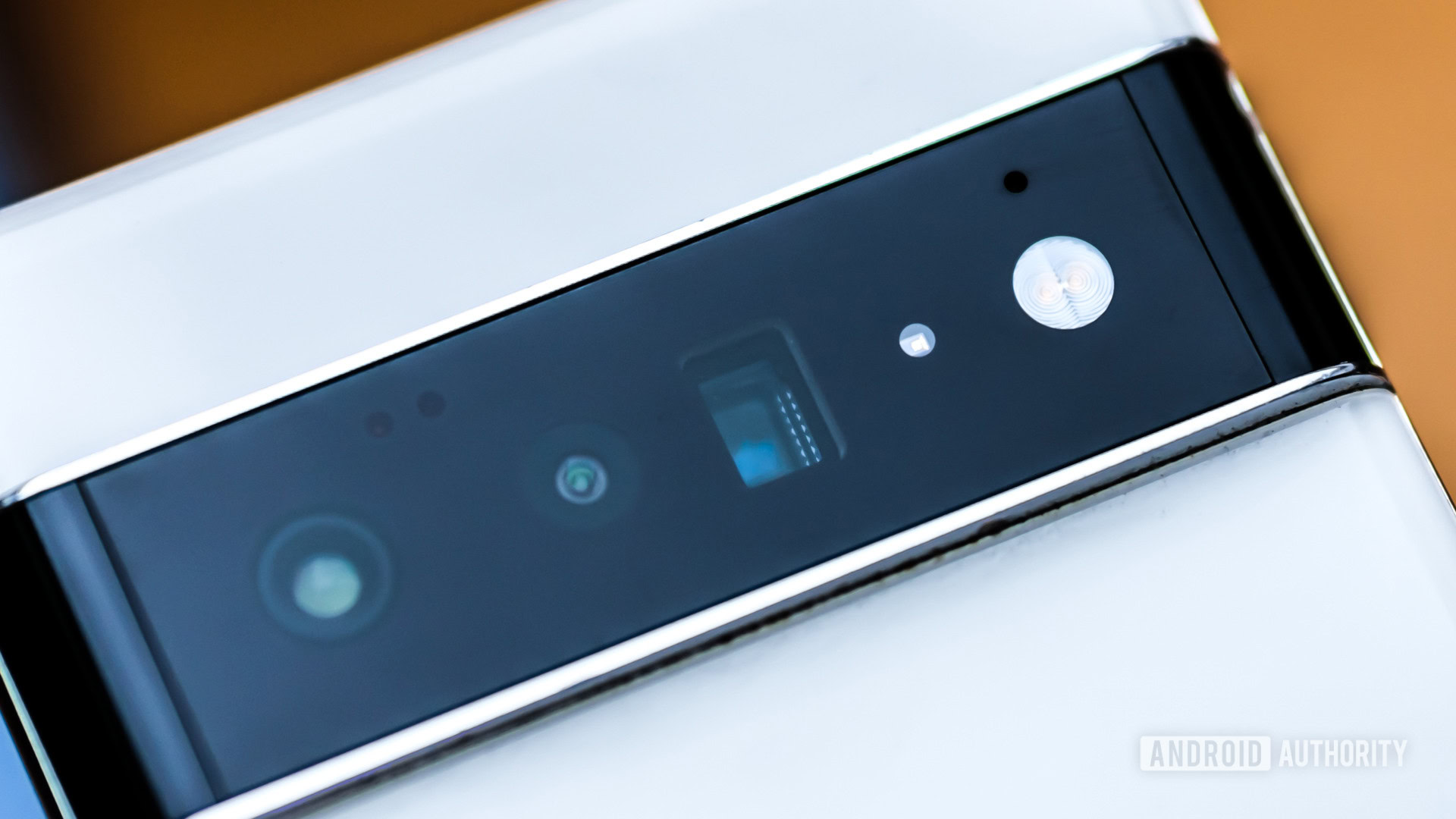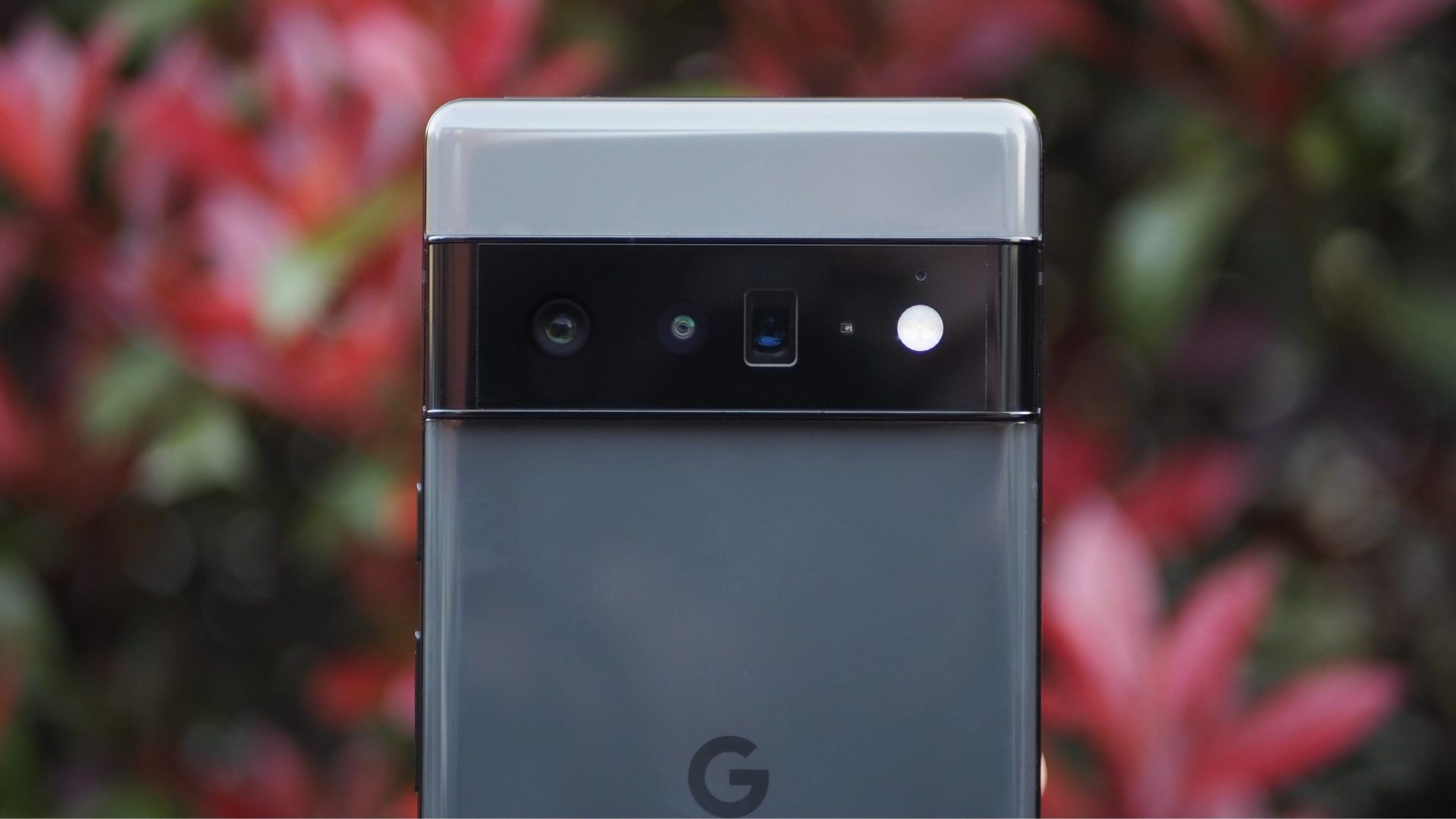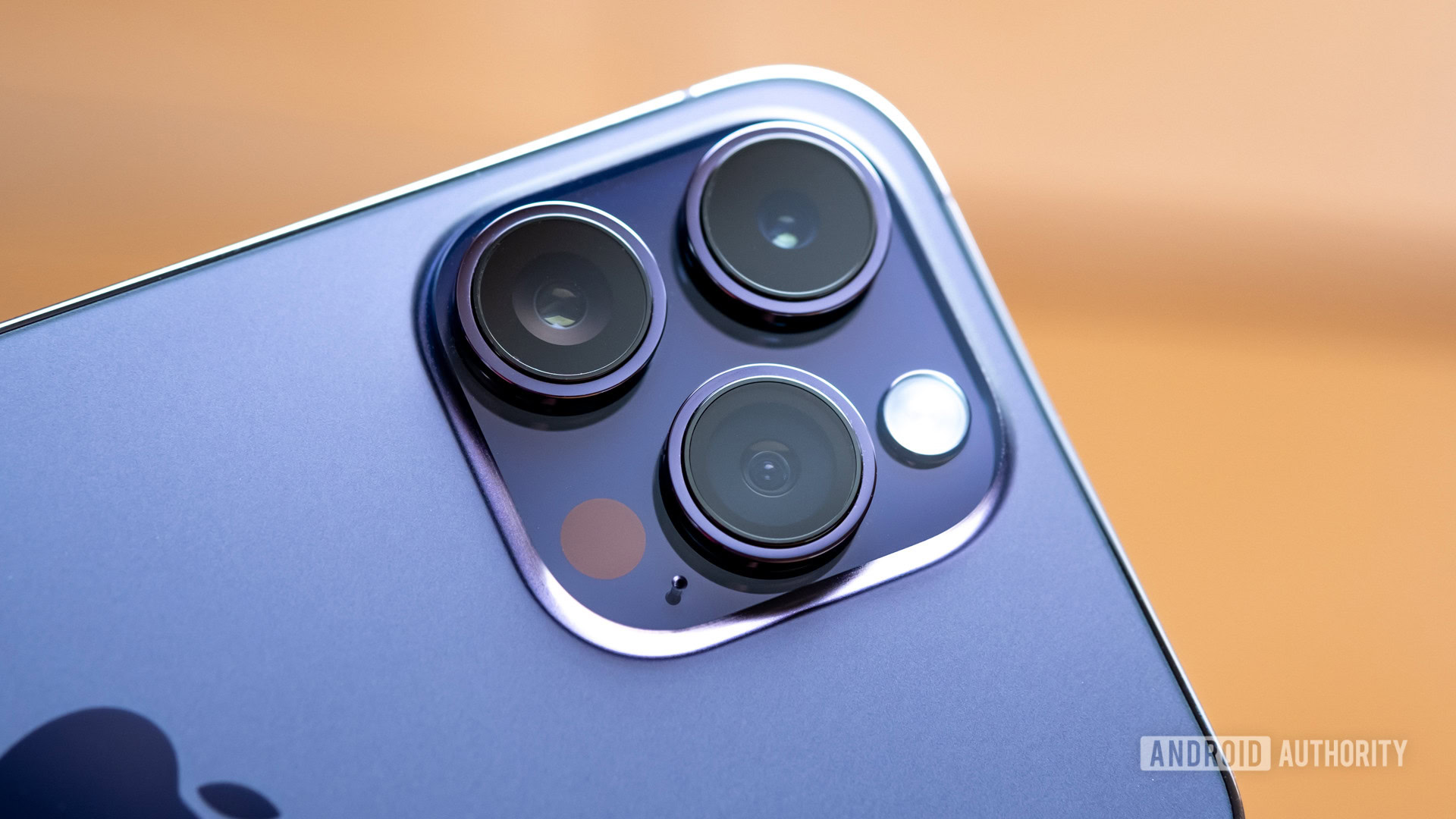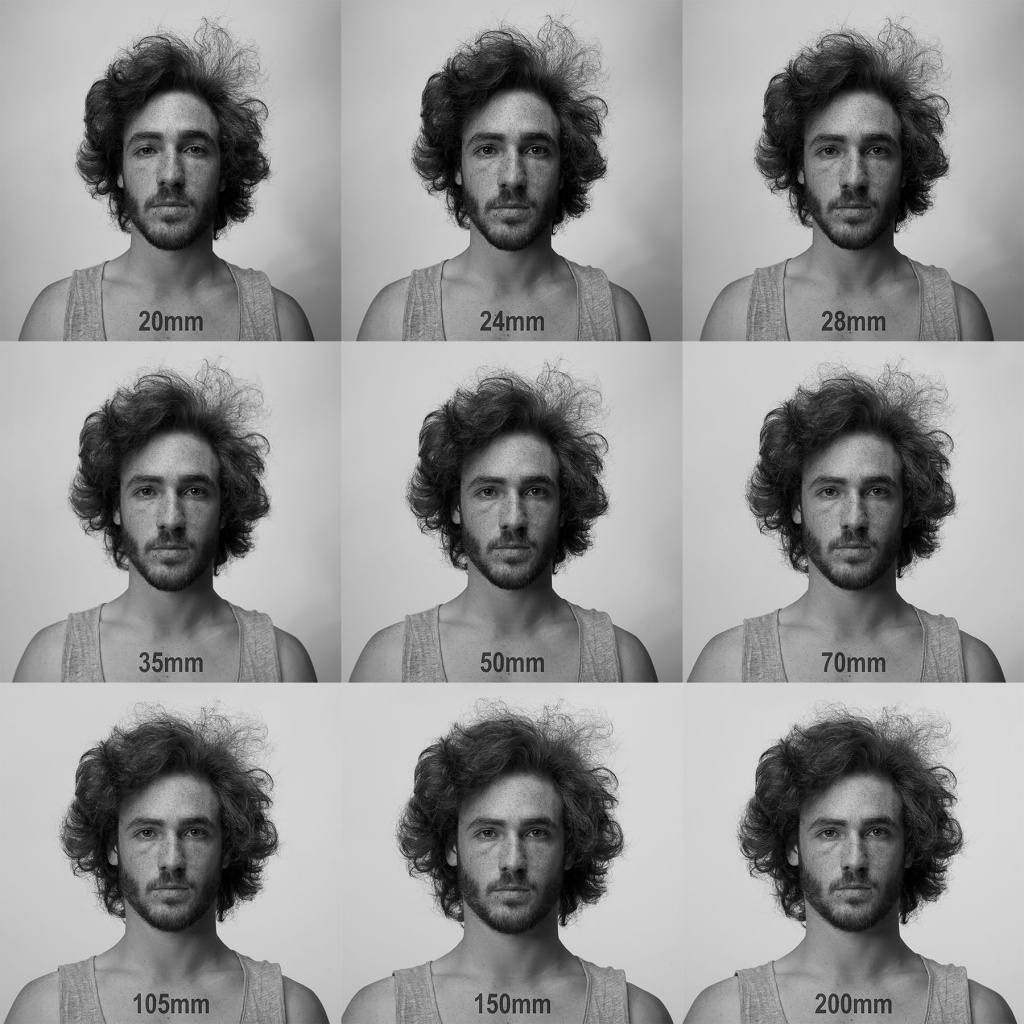Affiliate links on Android Authority may earn us a commission. Learn more.
The Pixel 7 Pro's 5x zoom betrays Google's portrait photography

The Google Pixel 7 series is here, and with that comes the tantalizing prospect of getting our hands on the next notch-up in smartphone photography. Excited? I am, but there are some reservations over here.
While Google is sticking to a familiar camera hardware setup, a new 5x optical zoom periscope camera is included in the Pixel 7 Pro, boasting 30x Super Res Zoom capabilities. That’s an upgrade on the 4x periscope camera in last year’s Pixel 6 Pro, at least as far as long-distance photography is concerned.
As nice as long-range zoom capabilities are, it’s disappointing to see Google engaging in the pointless race for bigger numbers. Worse though, this move betrays some of the other excellent work Google has done in the realm of portrait photography.
Portrait photography is all about focal lengths
To understand why the Pixel 7 Pro’s triple camera setup should disconcert portrait photography lovers, we need to cover a little background on focal length. Focal length influences a few key attributes of your pictures: depth of field blur, the field of view, and background compression. Longer zoom levels go hand in hand with longer focal lengths and stronger effects for all of the above.
If you've ever thought your phone's portraits look a bit off, focal length could be to blame.
Background compression is the important one here; longer focal lengths make the background appear close to the subject. Meanwhile, shorter focal lengths, such as wide-angle lenses, make the background appear further away. But compression doesn’t just affect the distant background; the effect applies to the foreground as well, including faces. That’s right, the choice of focal length has a powerful influence over face shape in portrait photography, although you can mitigate some of it depending on how far back you stand from the camera. See the examples below.
As you can see, the general theme is that shorter focal lengths result in narrow faces, with features pushed more towards the edge of the face. The reverse is true for long focal lengths, with flatter-looking faces and features pushed towards the middle. The sweet spot for a realistic face is in the region of 35-85mm, depending on whether you’re going for full-body or headshots. Around 50mm is ideal in terms of flexibility for both.
Now, let’s see what the Pixel 7 Pro has in store in terms of lens focal lengths. While the main camera retains the same 25mm focal length as the previous generation, the 5x periscope camera comes out to around 125mm.
The Pixel 7 Pro's main 25mm lens will make faces too narrow, while the new 5x 125mm periscope zoom will make them look too flat.
Uh oh! The main 25mm lens will make faces too narrow, while the new 5x 125mm periscope zoom will make them look too flat. Not great if you’re looking to take the best portraits possible. In fact, virtually all modern smartphones have quite a wide field of view from the main camera. So if you’ve ever thought your phone’s portraits look a bit off, this could be why.
See also: The best photography apps for Android
A lot of smartphones get this wrong

OK, enough of the theory; what does this actually mean for smartphone pictures? After all, I thought the Pixel 6 series took some pretty solid portraits?
Well, the phone does, but it’s actually using a little trick to offset the aforementioned focal length issue. Using the phone’s portrait mode engages a crop from the sensor, forcing your subject to stand further away from the lens to reduce the effects of compression. In fact, quite a lot of phones do this (including the iPhone 14 series), and it works reasonably well. See the examples below, which show a regular 25mm snap, 25mm portrait mode, and a 104mm snap from the Pixel 6 Pro.
Standing close and shooting with the regular 25mm lens produces an odd face shape. After forcing a step back, the Pixel 6 and 6 Pro’s portrait mode produces a good-looking snap, and it’s hard to notice any obvious facial distortion. However, there are some trade-offs. Moving further back from the lens reduces the natural bokeh, making images more reliant on software blur and edge detection, which, as we know, is still hit-and-miss. The use of a crop also reduces the image’s resolution and detail. This may explain why the Pixel’s portraits look quite sharp rather than naturally soft.
The Pixel 6, like other phones, forces you to step back for portraits to reduce unsightly compression.
The problem with Google’s setup is that if you want to go for a more natural look, you simply can’t. The Pixel 6 Pro’s 4x 104mm periscope camera is a little too long for realistic portrait photography, both in terms of capture distance and face shape. The Pixel 7 Pro’s 125mm lens will be even less flattering and more challenging to work with.
There’s no denying the Pixel 6 Pro portrait snap above looks fine, and the same will apply to the Pixel 7 series. However, you can spot facial compression once I stick the photo next to more realistic focal lengths on competing cameras. Let’s compare it to the same snap I grabbed with the mirrorless Fujifilm X-S10 (50mm lens), Sony Xperia 5 IV (60mm), and iPhone 14 Pro Max (77mm).
Believe it or not, the 50mm-equivalent shot from the mirrorless camera is the truest to the way my face naturally looks. You might have to peer quite hard but should be able to tell that my general face shape is slightly more oval and features are slightly narrower in the Pixel shot. Look at the eyes and hairline, for example. It’s not night and day, and Google’s forced step back helps even out facial structure, but the difference is there.
Perhaps worse, and more noticeable, the Pixel hands in aggressively rough skin texture and tones. Processing plays its part, as Google has to compensate for the crop factor with sharpening to help make up the loss in detail. Compare this to the portrait shots from the Xperia 5 IV and iPhone Pro Max telephoto lenses, which are closer to the mirrorless camera in terms of skin tone and texture.
As expected, the 60mm lens on the Xperia 5 IV is hard to distinguish from the 50mm mirrorless in terms of facial structure, and it’s equally realistic. The longer 77mm focal length on the iPhone 14 Pro Max telephoto looks a little less flattering and flatter looking, but it still provides a natural face shape.
Cropped portrait modes offset compression, but have trade-offs for bokeh and skin textures.
Comparing all three to the Pixel 6 Pro’s snap, you can now hopefully more readily see the phone’s facial distortion, despite the step back. But as well as looking at face shape, note how all three of these other cameras offer softer, more subdued, and natural skin textures and tones.
2.5x telephoto lenses are the sweet spot

Based on our absolutely gorgeous snaps above, a 50mm focal length is the best, suggesting a zoom somewhere in the region of 2x to 3x nets you the best-looking portraits in a smartphone form factor (given the typical 24mm main lens), both in terms of face shape and resolvable detail for textures. Perhaps there’s a reason why Apple, Samsung, Sony, and others have been hesitant to jump on the periscope bandwagon and why the Galaxy S22 Ultra sticks with a 3x lens for mid-range zoom and portraits.
Still, you might think, “these are quite subtle differences,” which is a reasonable point. Few will notice facial distortion and rough textures without a side-by-side comparison. But a lot of photography comes down to subtle differences, whether it’s the perfect white balance or level of color saturation.
Read more: The best camera phones you can buy
The same could be said for all the effort that went into Real Tone to tweak the Pixel’s portrait skin color and textures. Those small improvements do add up. But based on our snaps here, there’s plenty of room for improvement, and that’s why I’m so disappointed with Google’s decision to slap a 5x telephoto camera into the Pixel 7 Pro.
Real Tone emphasized the importance of portraits, but the Pixel 7 Pro isn't pushing the envelope any further.
Google emphasized the power of portraits with the Pixel 6 series, and that’s the right direction of travel, given the importance we all place on capturing snaps of our friends and loved ones. But there was more to be done; delivering the proper hardware to leverage the solid software foundations would have been a more decisive step forward for the Pixel 7 Pro and mobile portrait photography more broadly.
Instead, Google is rowing back to duke it out with everyone else in the boring numbers game — chasing distance over more difficult-to-convey photography fundamentals. Long-range zoom is nice to have, but I’d take a more robust portrait photography option every day of the week.
